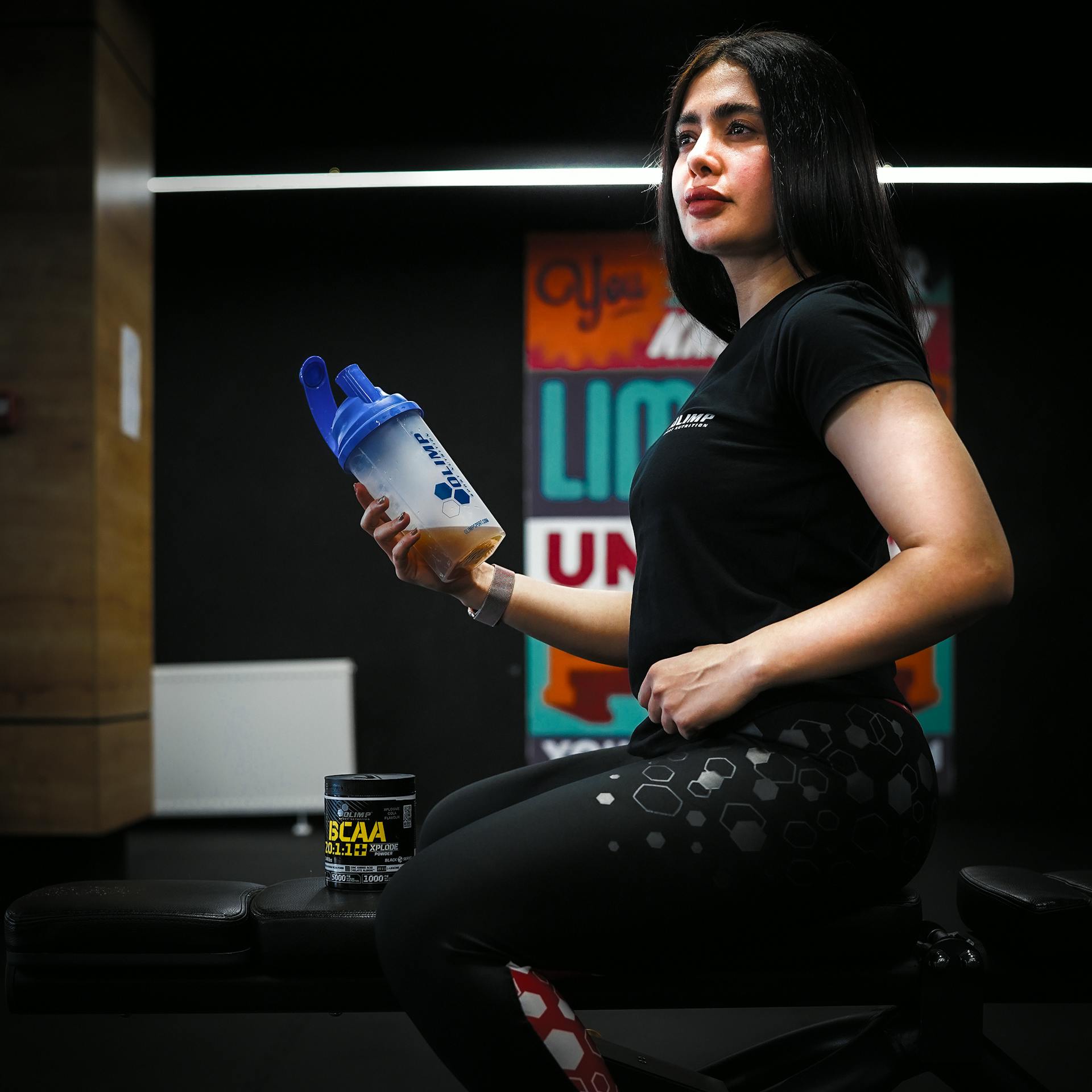What Does Creatine Do?
Creatine is a naturally occurring compound found in your muscles. It helps your body produce more ATP—its main energy currency—so you can push harder during short bursts of high-intensity activity. That’s why it’s a favorite for explosive sports like weightlifting, sprinting, and HIIT workouts.
Creatine Benefits
- Increased Strength & Power: Consistent use of creatine monohydrate can significantly improve performance in strength training and high-intensity sports.
- Faster Muscle Growth: By boosting training capacity, creatine indirectly promotes muscle hypertrophy.
- Better Recovery: May help reduce muscle cell damage and inflammation after exercise.
- Cognitive Perks: Emerging research suggests creatine may benefit brain function, especially during mental fatigue.
Creatine for Men vs. Creatine for Women
There’s no gender-exclusive version of creatine—best creatine for men and creatine for women often share the same ingredient: pure creatine monohydrate. The main differences come down to dosage, body weight, and training style.
Different Forms of Creatine
While traditional creatine monohydrate powder remains the gold standard, new delivery methods are popping up:
- Creatine Gummies: Portable and tasty, making it easier for people who don’t like powders.
- Micronized Creatine: Smaller particles for better mixability.
- Creatine Blends: Often combined with amino acids or carbs for added benefits.
How Much Creatine Should I Take?
The most common approach is to start with a loading phase: 20g per day split into 4 doses for 5–7 days, followed by a maintenance dose of 3–5g per day. However, skipping the loading phase and just taking 3–5g daily works fine—it just takes longer to saturate your muscles.
When to Take Creatine
Research shows that timing isn’t as critical as consistency. Still, many athletes prefer to take it post-workout with a meal to aid absorption. The key is to take it daily, even on rest days, to maintain muscle saturation.
Creatine Side Effects
Creatine is generally safe for healthy individuals when taken at recommended doses. Possible mild side effects include water retention, stomach discomfort, or bloating. Staying hydrated can minimize these effects.
Creatine & Health Markers
Some people confuse creatine with creatine kinase—an enzyme measured in blood tests that can rise after intense exercise. High creatine kinase levels aren’t caused by supplement use itself, but by muscle stress or damage.
Best Creatine Choices
Stick with brands offering pure, lab-tested creatine monohydrate. Popular options include micronized powders for easy mixing and convenient creatine gummies for on-the-go use.
Bottom Line
Creatine is one of the safest, most effective, and well-studied supplements you can add to your regimen. Whether you’re aiming for peak athletic performance, muscle growth, or cognitive support, it’s worth considering. The secret isn’t in timing—it’s in consistency.


